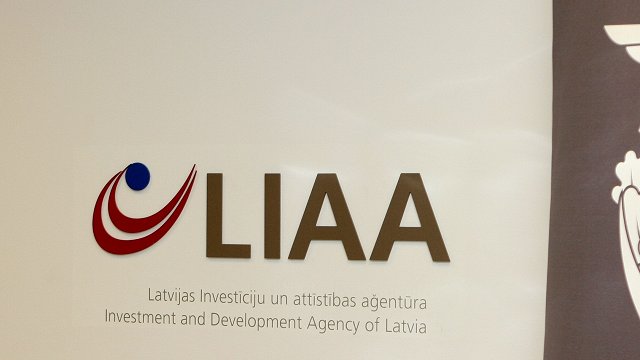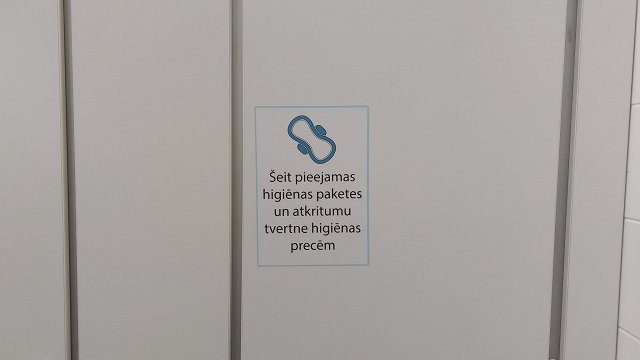According to the calculations of the shadow economy index in the Baltic States since 2009, the share of the shadow economy in Latvia since 2016, with a slight exception in 2019, has been on the rise. In 2016 the share of the shadow economy in Latvia was 20.7% of GDP, 24.2% of GDP in 2018, 25.5% in 2020, and 26.6% of GDP in 2021, while in 2022 the share of the shadow economy declined to 26.5% of GDP.
The proportion of the shadow economy has decreased in Estonia in 2022, by one percentage point compared to 2021, representing 18% of GDP. In Lithuania, the share of the shadow economy increased by 2.7 percentage points in 2022 and reached 25.8% of GDP.
The results of the study show that the most important component of shadow economy in Latvia and Estonia in 2022 was the so-called "envelope wages" or unaccounted-for cash payments, representing 46.7% of the total shadow economy in Latvia and 44.5% in Estonia. In Latvia, this year has shown the highest amount of "envelope wages" since 2013.
Non-reported revenue in Latvia accounted for 29% of the total shadow economy in 2022, while the non-reported employee component represented 24.3%.
The highest shadow economy level in Latvia was in Rīga and Vidzeme in 2022.
The highest share among sectors is still in construction. Sauka said that the shadow economy in construction decreased since 2015 and had an uptick in 2021. In 2022, the shadow economy in construction increased by a further 3.3 percentage points compared to 2021 and reached 34.5%.
In 2022, the share of the shadow economy in retail sales in Latvia was 30.5% (29.8% in 2021), 28.6% (27.5%) in the service sector, 23.9% (25%) in manufacturing, and 20.5% in wholesale trade (24.4%).
Assessing the latest shadow economy data, Sauka said that given that the size of the shadow economy in Latvia has not been reduced for a long while, a serious reflection on its mitigation should be taken. The overall share of the shadow economy points to long-standing problems, which are not problems in just one or more sectors - the main causes and drivers of the shadow economy are similar in nature.
Therefore, contrary to the approach previously practiced by policymakers to focus on individual sectors, such as construction or health, "horizontal measures" should be introduced at the outset, which are essential to improving the morale of the business environment and business tax or willingness to pay taxes on a voluntary basis.
"In order to be able to implement such complex measures and to be able to introduce changes in the dynamics of the shadow economy, one should start by strengthening the capacity of the overall public administration [..]. It is important not only for reducing the shadow economy, but also to address many other challenges, including improving the health and education system," Sauka noted.
The “SSE Riga” study “Shadow Economy Index in the Baltic States” is drawn up once a year, using surveys of economic operators in the Baltic States. To calculate the size of the shadow economy as a percentage of GDP, the index includes estimates of unreported business income, unregistered or hidden employees, and unreported “envelope” wages.





























